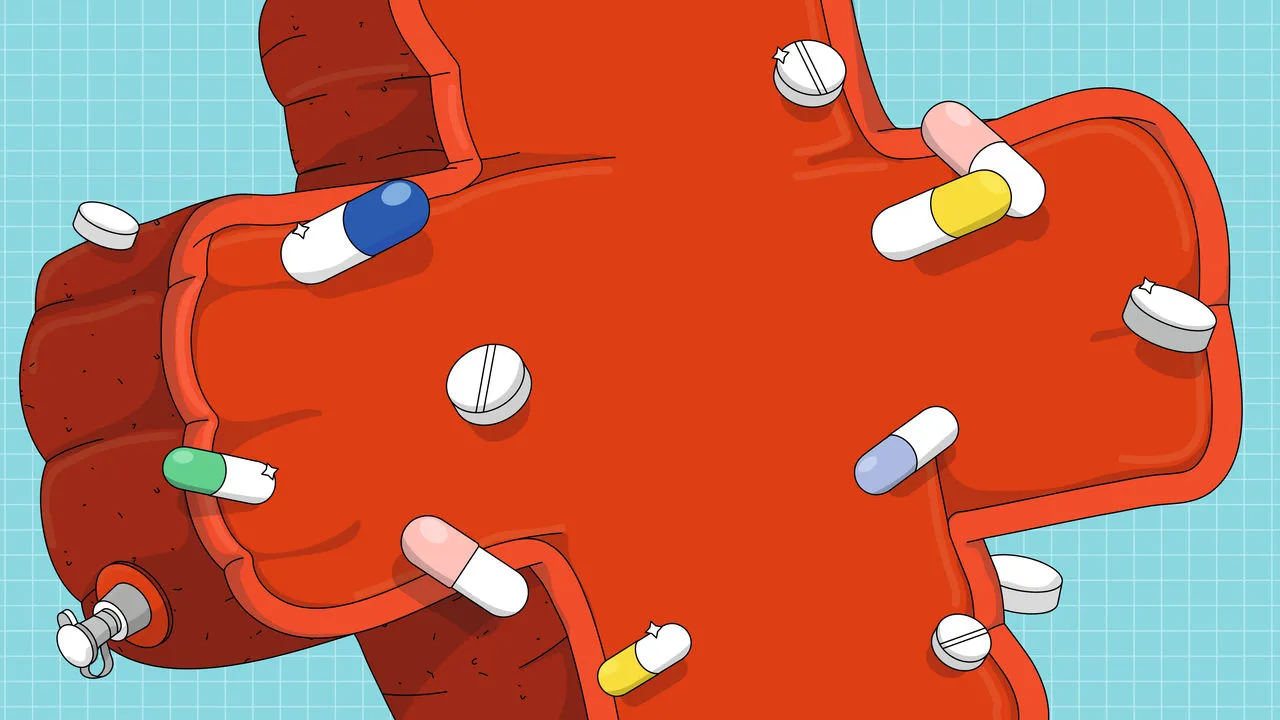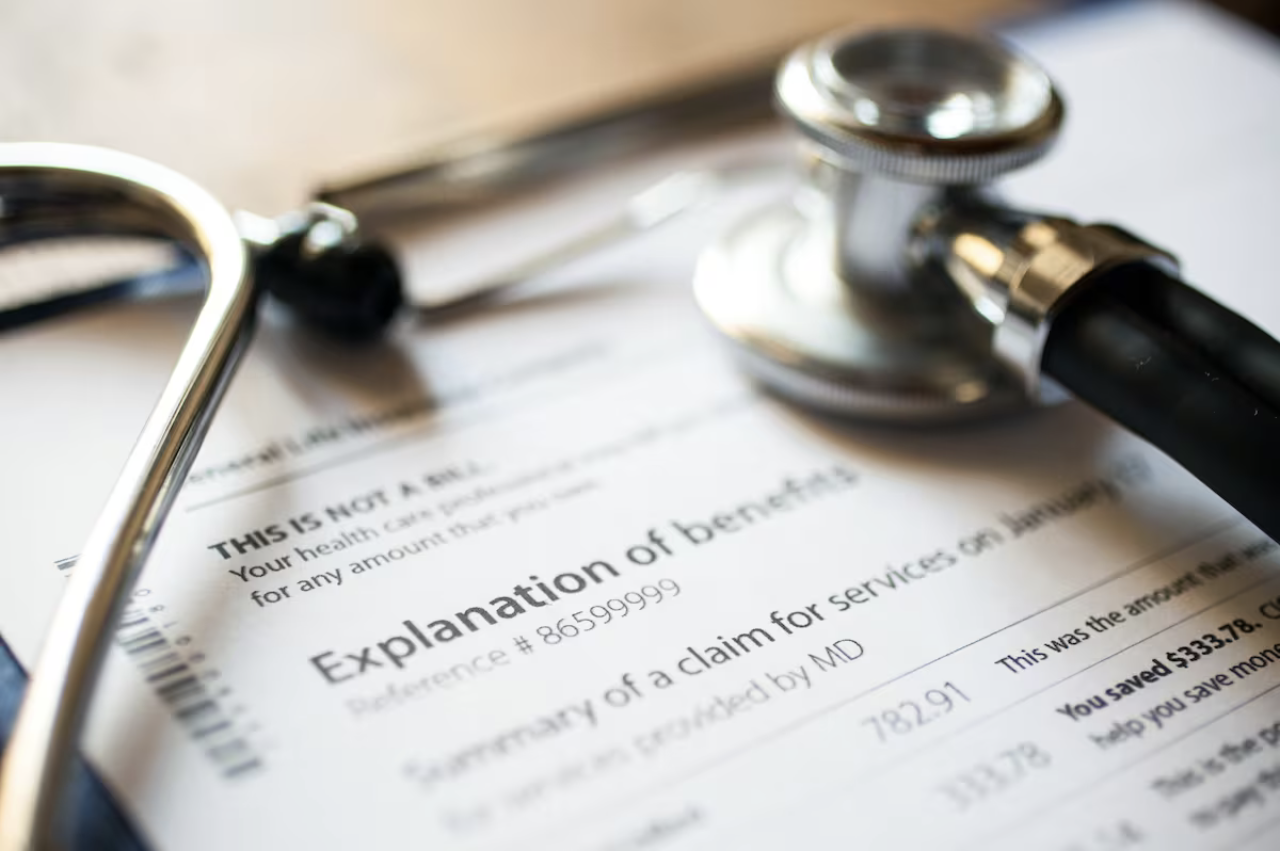The ADA provided its members and their patients detailed guidance on March 18 on what to consider dental emergencies and nonemergency dental care as part of an effort to curb the spread of the coronavirus disease, COVID-19, and alleviate the burden on hospital and emergency departments.
The guide is meant to provide additional guidance following an Association recommendation that dentists nationwide postpone elective procedures to do their part to “mitigate the spread of COVID-19.” It was included as part of an ADA issues alert that went to all dentists in the ADA’s database.
Dental emergencies, according to the ADA, “are potentially life threatening and require immediate treatment to stop ongoing tissue bleeding [or to] alleviate severe pain or infection.” Conditions include uncontrolled bleeding; cellulitis or a diffuse soft tissue bacterial infection with intraoral or extraoral swelling that potentially compromises the patient’s airway; or trauma involving facial bones that potentially compromises the patient’s airway.
“The guidance may change as the COVID-19 pandemic progresses,” according to the Association. “Dentists should use their professional judgment in determining a patient’s need for urgent or emergency care.”
As part of the emergency guidance, the Association added urgent dental care which “focuses on the management of conditions that require immediate attention to relieve sever pain and/or risk of infection and to alleviate the burden on hospital emergency departments.”
Examples of urgent dental care treatments, which should be treated as minimally invasively as possible, include:
• Severe dental pain from pulpal inflammation.
• Pericoronitis or third-molar pain.
• Surgical postoperative osteitis or dry socket dressing changes.
• Abscess or localized bacterial infection resulting in localized pain and swelling.
• Tooth fracture resulting in pain or causing soft tissue trauma.
• Dental trauma with avulsion/luxation.
• Dental treatment cementation if the temporary restoration is lost, broken or causing gingival irritation.
Other emergency dental care includes extensive caries or defective restorations causing pain; suture removal; denture adjustments on radiation/oncology patients; denture adjustments or repairs when function impeded; replacing temporary filling on endo access openings in patients experiencing pain; and snipping or adjustments of an orthodontic wire or appliances piercing or ulcerating the oral mucosa.
“The American Dental Association recognizes the unprecedented and extraordinary circumstances dentists and all health care professionals face related to growing concern about COVID-19,” according to the March 16 statement from ADA President Chad P. Gehani. “Concentrating on emergency dental care will allow us to care for our emergency patients and alleviate the burden that dental emergencies would place on hospital emergency departments.”
Nonemergency dental procedures, according to the Association, include but are not limited to:
• Initial or periodic oral examinations and recall visits, including routine radiographs.
• Routine dental cleaning and other preventive therapies.
• Orthodontic procedures other than those to address acute issues (e.g., pain, infection, trauma).
• Extraction of asymptomatic teeth.
• Restorative dentistry including treatment of asymptomatic carious lesions.
• Aesthetic dental procedures.
As of March 18, there have been 7,038 cases, including 97 deaths, in the U.S., according to the Centers for Disease Control and Prevention. Globally, as of March 17, there have been 179,111 cases, according to the World Health Organization.
The American Dental Association has created an informational resource center for dentists on COVID-19 at ADA.org/virus.




